I am trying to implement my own loss function for binary classification. To get started, I want to reproduce the exact behavior of the binary objective. In particular, I want that:
- The loss of both functions have the same scale
- The training and validation slope is similar
- predict_proba(X) returns probabilities
None of this is the case for the code below:
import sklearn.datasets
import lightgbm as lgb
import numpy as np
X, y = sklearn.datasets.load_iris(return_X_y=True)
X, y = X[y <= 1], y[y <= 1]
def loglikelihood(labels, preds):
preds = 1. / (1. + np.exp(-preds))
grad = preds - labels
hess = preds * (1. - preds)
return grad, hess
model = lgb.LGBMClassifier(objective=loglikelihood) # or "binary"
model.fit(X, y, eval_set=[(X, y)], eval_metric="binary_logloss")
lgb.plot_metric(model.evals_result_)
With objective="binary":
With objective=loglikelihood the slope is not even smooth:
Moreover, sigmoid has to be applied to model.predict_proba(X) to get probabilities for loglikelihood (as I have figured out from https://github.com/Microsoft/LightGBM/issues/2136).
Is it possible to get the same behavior with a custom loss function? Does anybody understand where all these differences come from?

